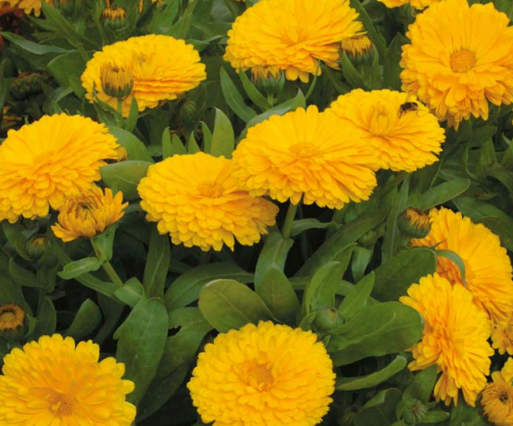INCI name: | Calendula officinalis |
Part used: | Bud |
Extraction: | Soak |
CAS No.: | 70892-20-5 |
Origin: | France |
Appearance : | Light yellow to yellow oily liquid |
Odour: | Slight marigold flavor, without peculiar smell |
Relative Density(20℃): | 0.920~0.940 |
Refractive index(20℃): | 1.4680~1.4790 |
Acid value (mgKOH/g): | ≤1.0 |
Moisture and volatile matter (%): | ≤0.1 |
Soap change value: | 180-200 |
The main fatty acid composition (%): | Gamma linolenic acid (C18:3): 4-11 |
The oil acid (C18:2):44-62 | |
Oil acid (C18:1):19-30 |
Calendula officinalis (pot marigold, ruddles, common marigold, garden marigold, English marigold, or Scottish marigold) is a plant in the genus Calendula of the family Asteraceae. It is probably native to southern Europe, though its long history of cultivation makes its precise origin unknown, and it may possibly be of garden origin. It is also widely naturalised further north in Europe (north to southern England) and elsewhere in warm temperate regions of the world.
|  |